The tech world has been buzzing about Tim Cook's future at Apple ever since he hit the big 6-5 in November. You might be wondering—is this the beginning of the end for his remarkable 14-year run as CEO? Well, hold that thought. While speculation has reached a fever pitch, with some reports suggesting an imminent handover, the reality might be quite different from what you're hearing in the rumor mill.
Tim Cook recently celebrated his birthday alongside renewed chatter about succession plans, but here's where it gets interesting. Gurman's latest analysis suggests Cook's exit isn't as close as some reports indicate, with the CEO likely sticking around until at least mid-2026. Now, that's a timeline that might surprise folks who've been expecting a changing of the guard any day now.
What makes this particularly compelling is the strategic nature of Cook's extended timeline. Apple is navigating some pretty significant transitions right now—both in terms of products and executive leadership. We're talking about a complete AI transformation, major product launches including the next generation of Siri, and complex regulatory challenges that require the kind of institutional knowledge Cook has developed over more than a decade. His continued presence isn't just about personal preference; it's about ensuring continuity during what could be Apple's most pivotal period since the iPhone launch.
Why the Financial Times got it wrong about Cook's timeline
Let's break down where the recent speculation went off track. The Financial Times claimed Cook would exit between late January and June 2026, painting a picture of an accelerated succession timeline. But here's the thing—Gurman, who's built quite the reputation for getting Apple's internal machinations right, is pushing back hard against this narrative.
What makes Gurman's perspective particularly credible is his track record of accurately predicting Apple's leadership moves. He previously detailed Apple's succession planning efforts in 2024, demonstrating genuine insight into the company's internal processes. But there's a crucial distinction between preparation and execution—just because Apple is doing its due diligence on succession planning doesn't mean they're ready to pull the trigger tomorrow.
His sources indicate there are no meaningful internal signs that Cook is preparing an imminent handover, which represents a significant disconnect between external speculation and what's actually happening inside Apple Park. In Apple's tightly controlled environment, real leadership changes typically involve subtle but detectable shifts in responsibilities and public positioning—signs that simply aren't present right now.
Perhaps most telling is how Cook remains deeply engaged with the business and continues to enjoy his role. This isn't a CEO going through the motions or someone who's mentally checked out. Cook is actively leading Apple's AI strategy, personally rallying employees in all-hands meetings, and driving decisions around massive infrastructure investments that will define the company's next decade.
John Ternus emerges as the clear successor
While the timing remains uncertain, one thing has become crystal clear in recent months—we know who's likely to step into Cook's shoes when the time comes. John Ternus, Apple's senior vice president of hardware engineering, is widely regarded as the leading contender. At 50 years old, Ternus brings impressive credentials, having joined Apple's product design team in 2001 and worked on nearly every major hardware project since then.
What makes Ternus such a compelling choice goes beyond just tenure. His portfolio includes work on the iPad, iPhone, and AirPods—basically the holy trinity of Apple's current product lineup. But perhaps most importantly, he played a key role in the Mac's transition to Apple Silicon, one of Apple's most successful strategic pivots in recent years. That project required not just technical expertise but also the ability to coordinate across multiple teams and manage a complex, multi-year transition—exactly the kind of experience that translates well to CEO responsibilities.
Ternus is notably the youngest member of Apple's executive team, bringing a fresh perspective that could be valuable as Apple navigates emerging technologies. What's really caught attention lately is how Gurman noted that attention on him within Apple had increased notably by October 2024, suggesting the company is actively grooming him for broader responsibilities.
We've also seen him become more visible at Apple events, introducing products such as the new iPhone Air, giving him crucial public-facing experience. This increased visibility isn't accidental—it's a deliberate strategy to prepare him for the kind of keynote presentations and media interactions that come with the CEO role.
What Cook's extended tenure means for Apple's AI strategy
Cook's continued leadership comes at exactly the right time for Apple's AI ambitions, which frankly haven't been the smoothest ride. Apple Intelligence received an underwhelming reaction upon announcement compared to the fanfare surrounding competitors like OpenAI and Google. This lukewarm reception highlighted just how far behind Apple had fallen in the AI race.
But here's where Cook's leadership style becomes particularly valuable. He's rallied employees during all-hands meetings, comparing AI's impact to that of the internet, smartphones, and cloud computing. This isn't just corporate cheerleading—it's a CEO recognizing that this transition is make-or-break for Apple's future competitiveness and personally driving the cultural shift needed to succeed.
The AI strategy requires massive infrastructure investments and significant cultural changes within Apple. The company is building new chips specifically designed for AI, including a more powerful server chip known as "Baltra," and opening an AI server farm in Houston. These aren't incremental upgrades—they represent fundamental shifts in how Apple approaches computing infrastructure, requiring the kind of sustained executive oversight that Cook provides.
Here's where the timeline gets particularly strategic: Apple is rebuilding Siri from the ground up, with a new version expected as early as spring 2026. Notice how that aligns with Cook's likely departure window? It suggests he wants to see this crucial product launch through before transitioning leadership. Given that Siri's transformation could define Apple's AI competitiveness for the next decade, Cook's hands-on oversight during this critical development period makes perfect strategic sense.
Executive reshuffling signals broader changes ahead
While Cook's timeline has shifted, other significant leadership changes are definitely in motion at Apple, creating a complex organizational dynamic. Johny Srouji, head of silicon engineering, is contemplating his options at Apple, potentially creating another key vacancy in the executive ranks. Given Srouji's crucial role in Apple's chip development strategy, his potential departure adds another layer of complexity to the succession planning process.
The broader executive landscape reveals even more significant flux. Several key Apple leaders may be nearing the end of their tenure, including AI chief John Giannandrea, hardware technologies head Johny Srouji, and longtime sustainability executive Lisa Jackson. When you're looking at potential turnover across multiple senior positions, maintaining stability in the CEO role becomes not just valuable but essential for organizational continuity.
What's particularly concerning from a talent retention perspective is the external pressure Apple faces. OpenAI is recruiting engineers from Apple, highlighting the competitive battle for AI talent. More telling, the designer responsible for introducing the iPhone Air has left the company, indicating that talent retention challenges extend beyond just AI roles.
Additionally, Apple continues efforts to recruit a dedicated leader for its artificial intelligence initiatives, underscoring how strategically important this area has become. The difficulty in filling this role, combined with other executive transitions, makes Cook's continued presence even more critical as an anchor point during organizational change.
The succession plan that's still evolving
When Cook does eventually step down, Apple has clearly thought through the transition mechanics to ensure continuity. Sources suggest Cook would transition to chairman if he retires as CEO, providing ongoing strategic guidance while allowing new leadership to take operational control. This model has proven successful at other major corporations, offering the benefits of institutional knowledge while enabling fresh operational perspectives.
The board's measured approach reflects hard-learned lessons from leadership transitions across the tech industry. Apple's directors include Cook loyalists like Arthur Levinson, Susan Wagner and Ronald Sugar, who understand both his value to the organization and the critical importance of eventual succession. Apple's board, led by Chairman Arthur Levinson, has been preparing for this transition, but they're clearly prioritizing thorough preparation over arbitrary timelines.
The succession planning also includes robust contingency measures for unexpected scenarios. In emergency scenarios, new COO Sabih Khan and retail chief Deirdre O'Brien are considered capable of running Apple on a day-to-day basis, providing additional leadership depth and operational continuity. However, for a formal CEO transition, Ternus remains the leading contender according to Bloomberg's analysis.
This multi-layered approach demonstrates Apple's commitment to leadership continuity regardless of timing—a stark contrast to the sudden nature of Steve Jobs' departure and the lessons learned from that experience.
Where does Apple go from here?
The extended timeline for Cook's departure provides Apple with valuable strategic advantages during what is undeniably a complex and critical period. The numbers tell a compelling story: Under Cook's leadership, Apple's market cap grew from just over $342 billion in August 2011 to roughly $3 trillion today. That's not just impressive growth—it's historically unprecedented for a company of Apple's size and demonstrates the board's confidence in his continued leadership.
Despite current challenges, shares have surged about 1,500% since he became CEO in 2011, providing substantial evidence that the board's patience with Cook's timeline is well-founded. When you've got that kind of track record, you don't rush into changes just because of age milestones or external speculation.
Looking ahead, Apple faces a constellation of challenges that genuinely benefit from Cook's experienced leadership and relationship management skills. The company confronts President Donald Trump's tariff threats, fresh restrictions from the European Union on the App Store, and a federal antitrust lawsuit. These aren't just business challenges—they're complex regulatory and geopolitical issues that require the kind of institutional knowledge, diplomatic relationships, and crisis management experience that Cook has developed over more than a decade in the role.
Bottom line: while succession planning continues behind the scenes, Apple appears committed to maintaining leadership stability during this critical period. Cook's extended timeline allows for proper preparation of his successor while ensuring continuity during major product transitions, AI infrastructure buildout, and strategic initiatives that will define Apple's next decade. For Apple investors and customers alike, this measured approach to leadership transition reflects the company's commitment to long-term success over short-term change. Sometimes the best strategic move is simply to stay the course—and in Apple's case, that course seems to be working exceptionally well.




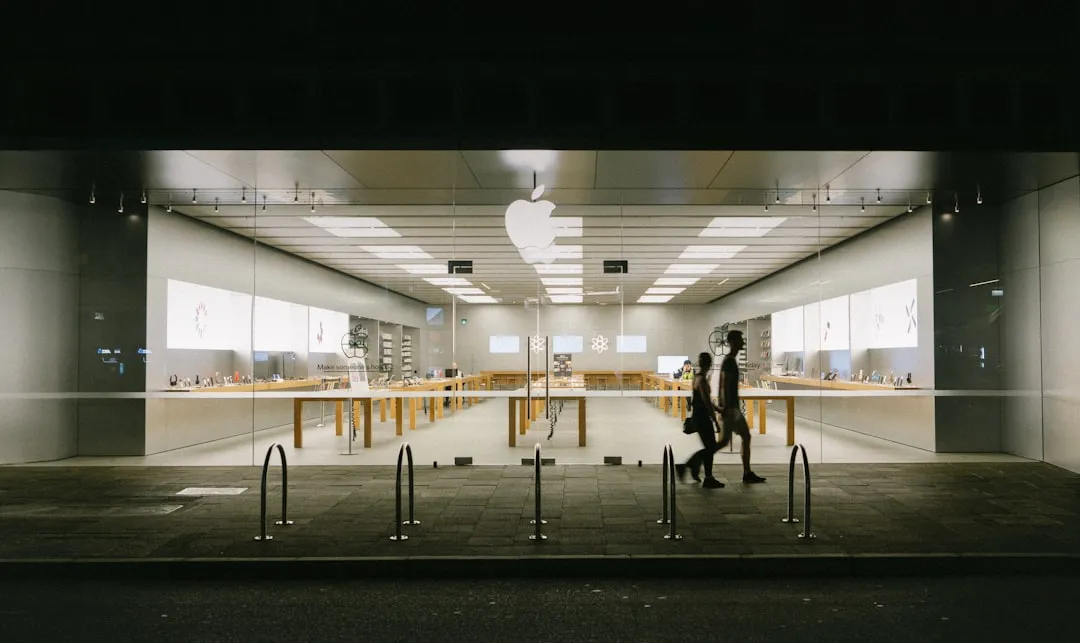

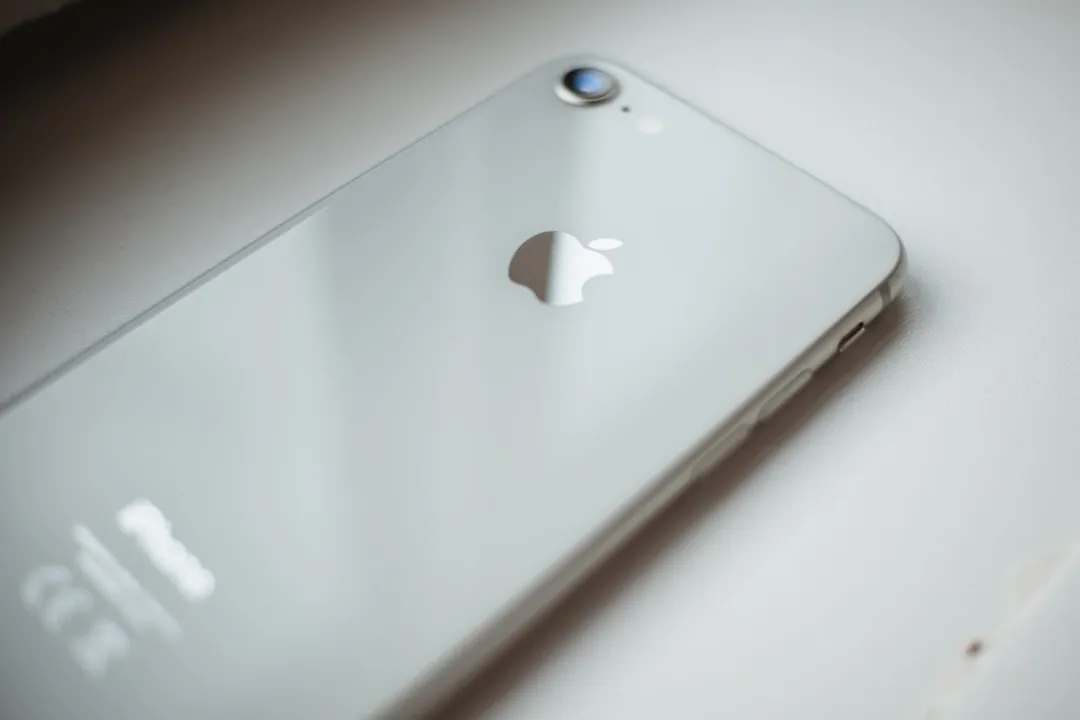
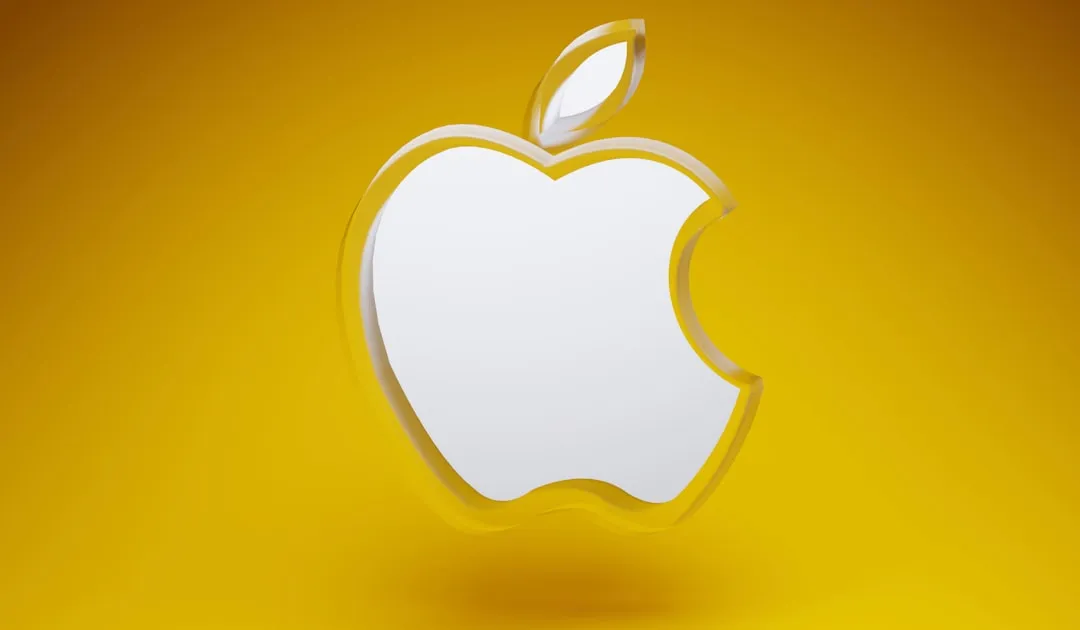
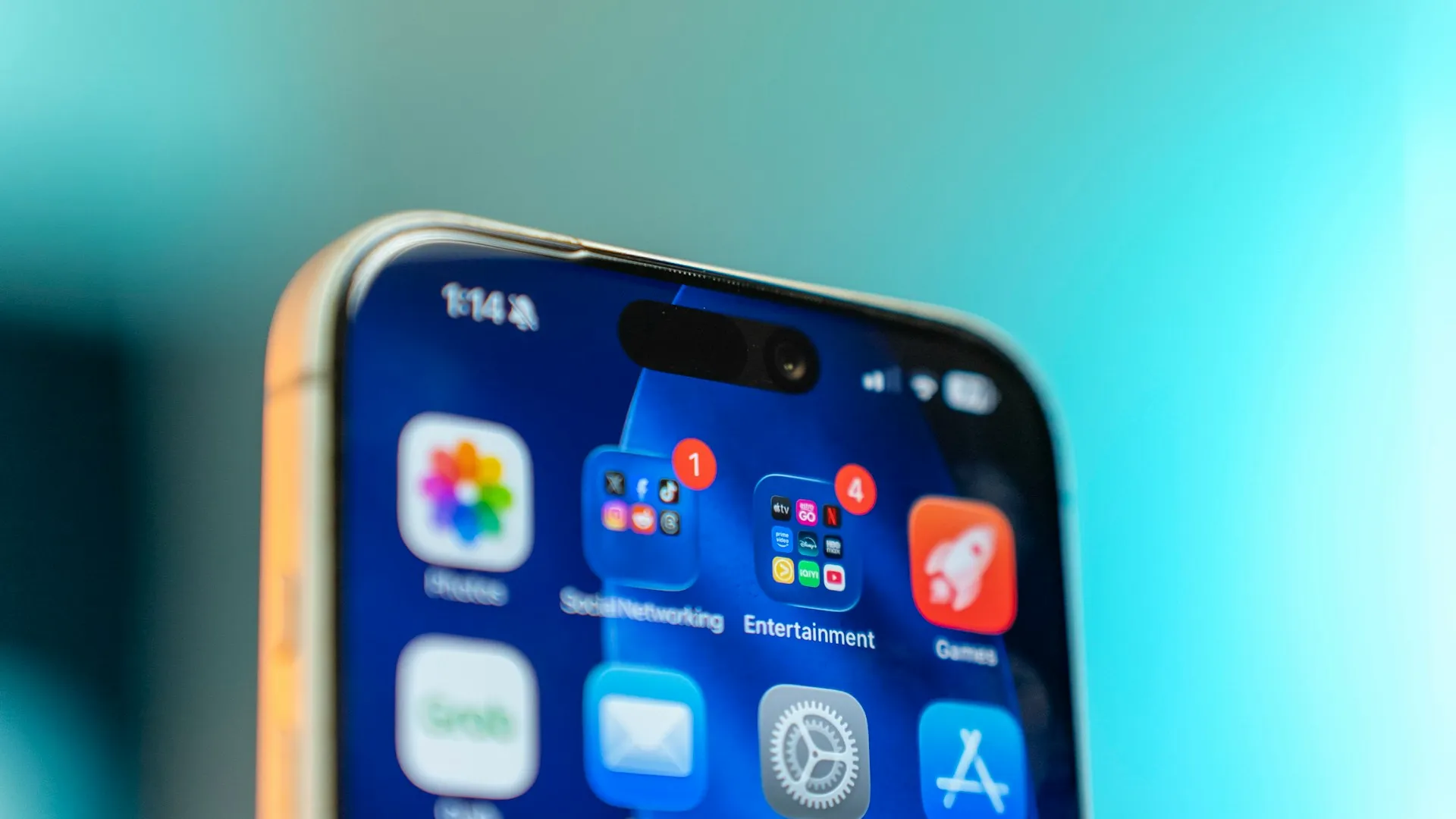
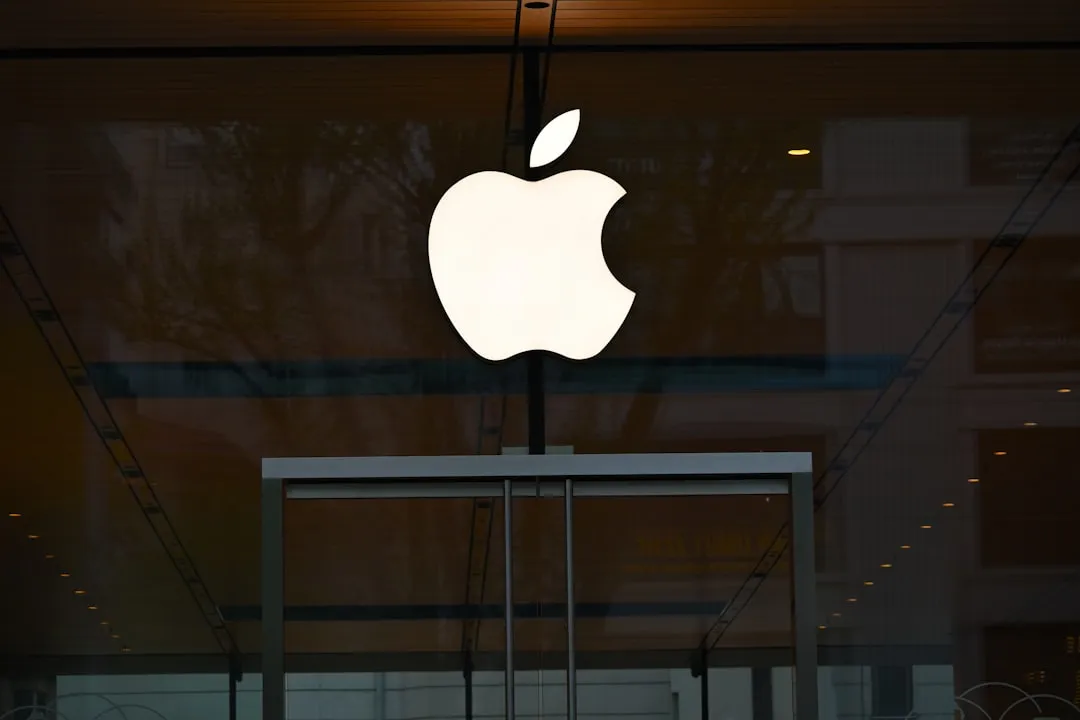




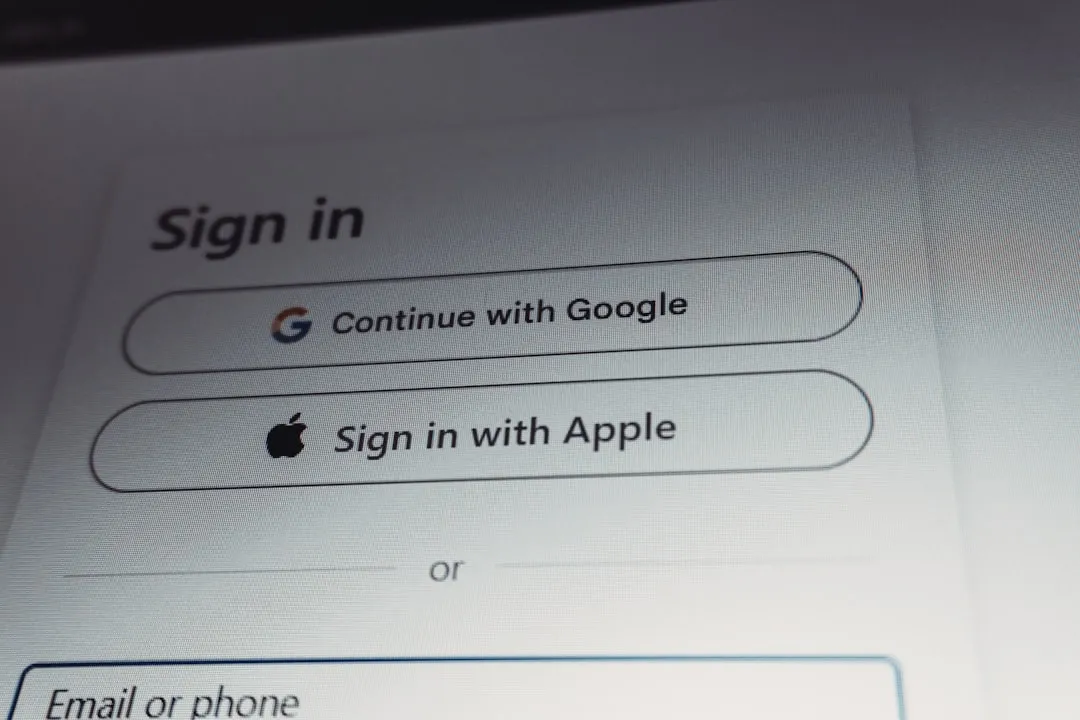

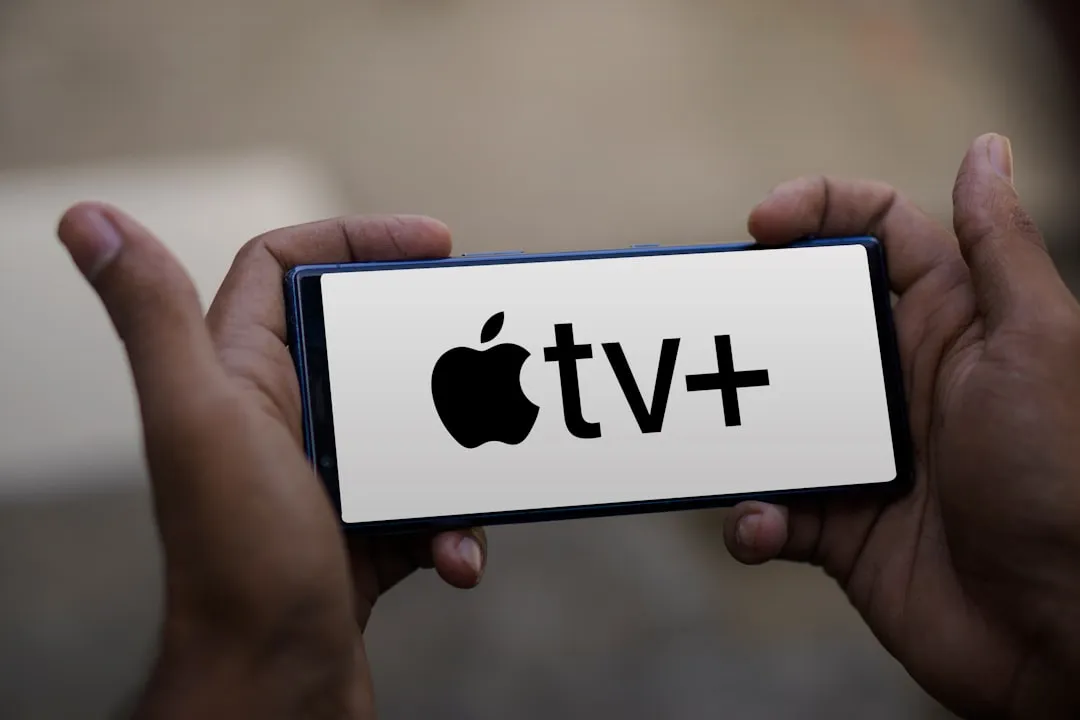

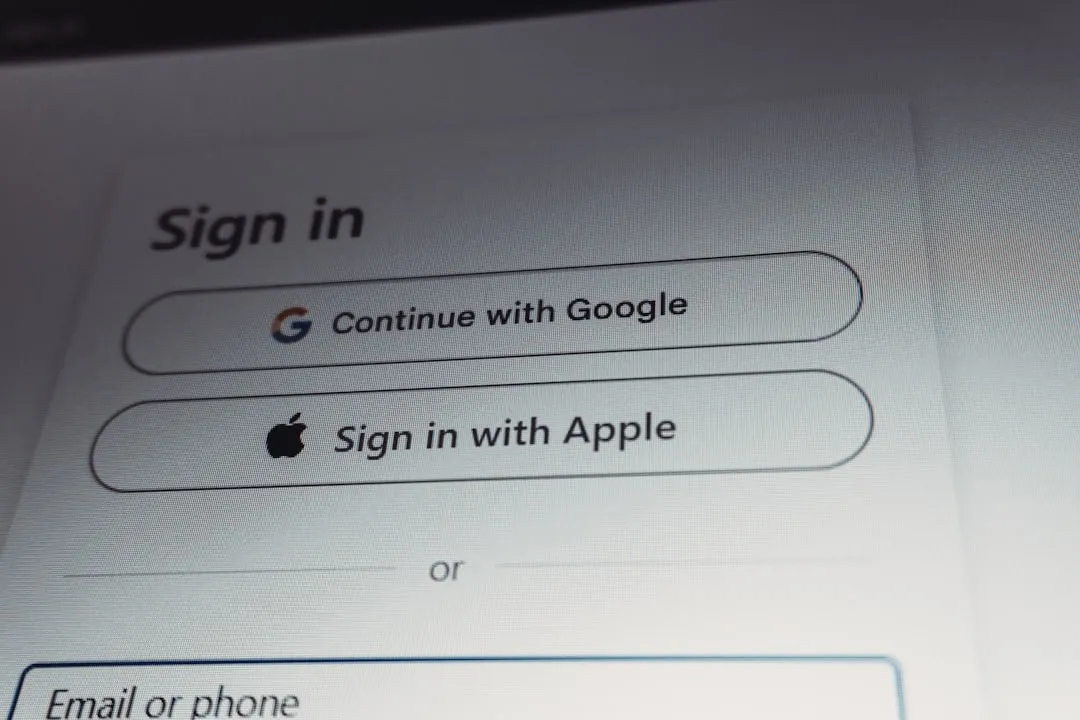





Comments
Be the first, drop a comment!